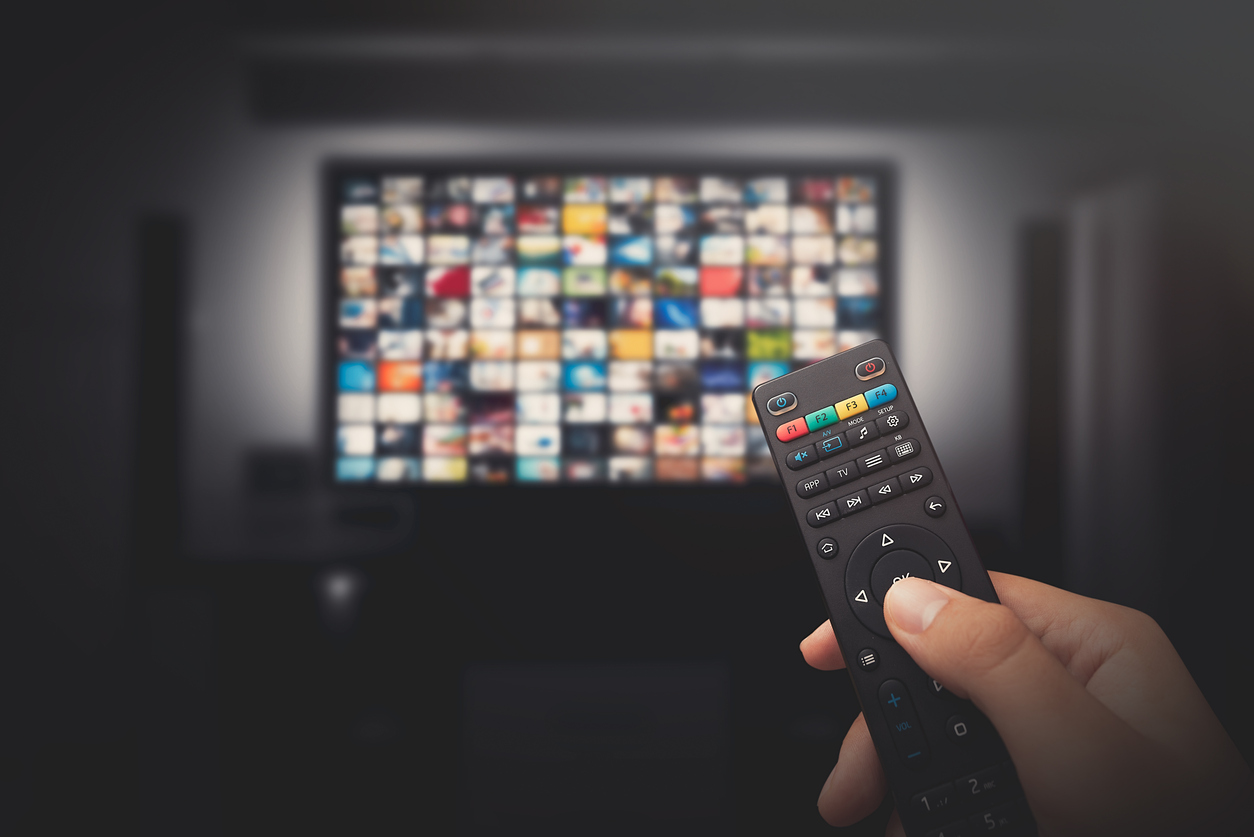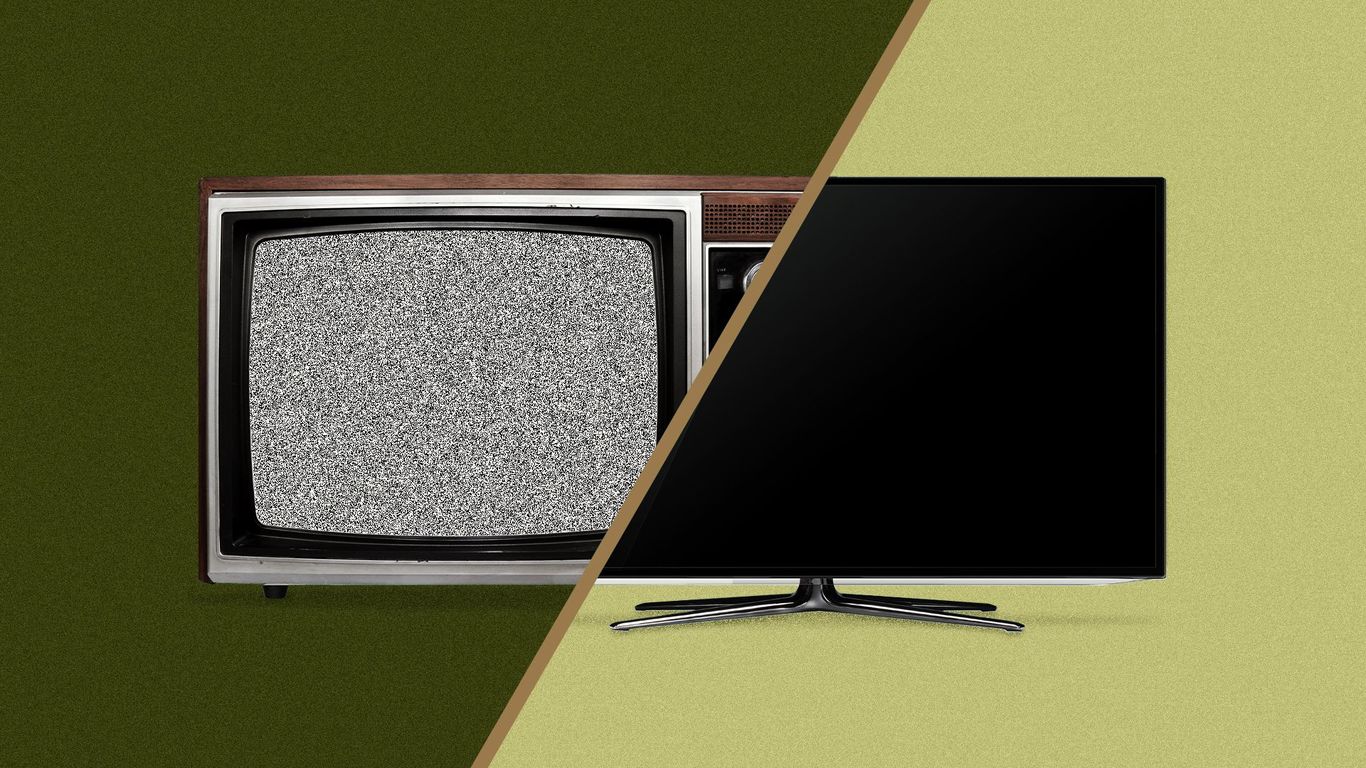How cable, streaming services changed the sports TV landscape
:no_upscale()/cloudfront-us-east-1.images.arcpublishing.com/dmn/3O64XIWTM5FNHH2XDY7VI6AOMQ.jpg)
In an era where the internet and television have become accessible on more screens, it has become more difficult for sports fans to watch their favorite teams.
Almost every MLB, NBA and NHL game is broadcasted on regional sports networks (RSNs). Over the years, it’s been a lucrative model for many teams. However, it appears the tried-and-true model has reached a tipping point.
Bally Sports Southwest, which carries the local broadcast for Mavericks, Stars and Rangers games each season, saw its parent company, Diamond Sports Group, voluntarily file for bankruptcy last month. Diamond also failed to make its April rights payments to the Rangers, who are joining three other MLB clubs seeking to compel the company to pay or forfeit rights.
The lack of availability on streaming services and cable packages has also become a common source of frustration for Dallas-area sports fans. It’s also become a point of frustration for many fans around the nation as Bally Sports owned the rights to 42 MLB, NBA and NHL teams before filing for bankruptcy.
So how did we get here?
In a recent article, The Washington Post’s Ben Strauss took a deep dive into how the landscape of sports television has changed. Strauss summarized how the shift to cable and, eventually, to streaming platforms impacted regional sports networks.
“Throughout the 1990s, many teams split their games between the ascendant RSNs and a broadcast TV partner, which led to a spike in rights fees for teams. But as the number of homes with cable kept rising, more games migrated to RSNs and the value of rights deals skyrocketed. One major factor in the rising money: Most cable subscribers paid for these networks regardless of whether they watched sports.
“And unlike for the NFL, local sports networks make up the vast majority of the viewing for these leagues. Their national telecasts, especially the NHL’s and MLB’s, don’t draw the same audiences as the NFL’s.
“Today, though, there remains a basic math problem. As these deals escalated in value over the past decade, the networks paying the fees started to lose subscribers, and those losses worsened as cord-cutting accelerated in recent years.”
In the meantime, what’s next for sports viewers, specifically those impacted by Diamond’s bankruptcy?
For now, nothing. The company said in a press release last month it expects to continue to operate during the bankruptcy process and coverage of games should not be affected.
However, the end result could mean more money coming out of fans’ pockets.
“The main worry for leagues and franchises is that they will never be able to replicate the reach and revenue of peak cable. In whatever model emerges, sports entities probably will have to collect more money from sports fans to account for the missing money from the non-sports fans that came from the cable bundle,” Strauss writes. “And if teams want to maximize revenue, they will have to split their games among a number of services, including streaming outlets, which will make those games harder to find at a time when sports are desperate to reach younger audiences.”
To view subscription options for The News and SportsDay, click here.








